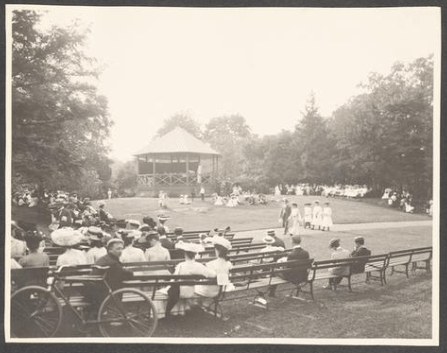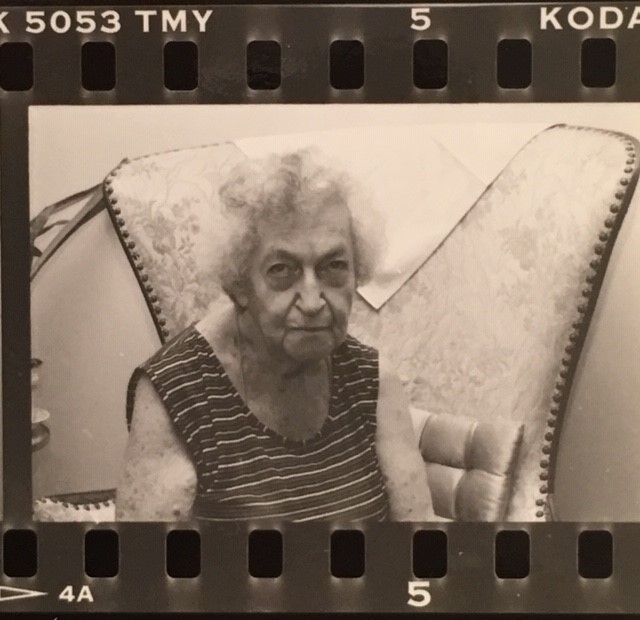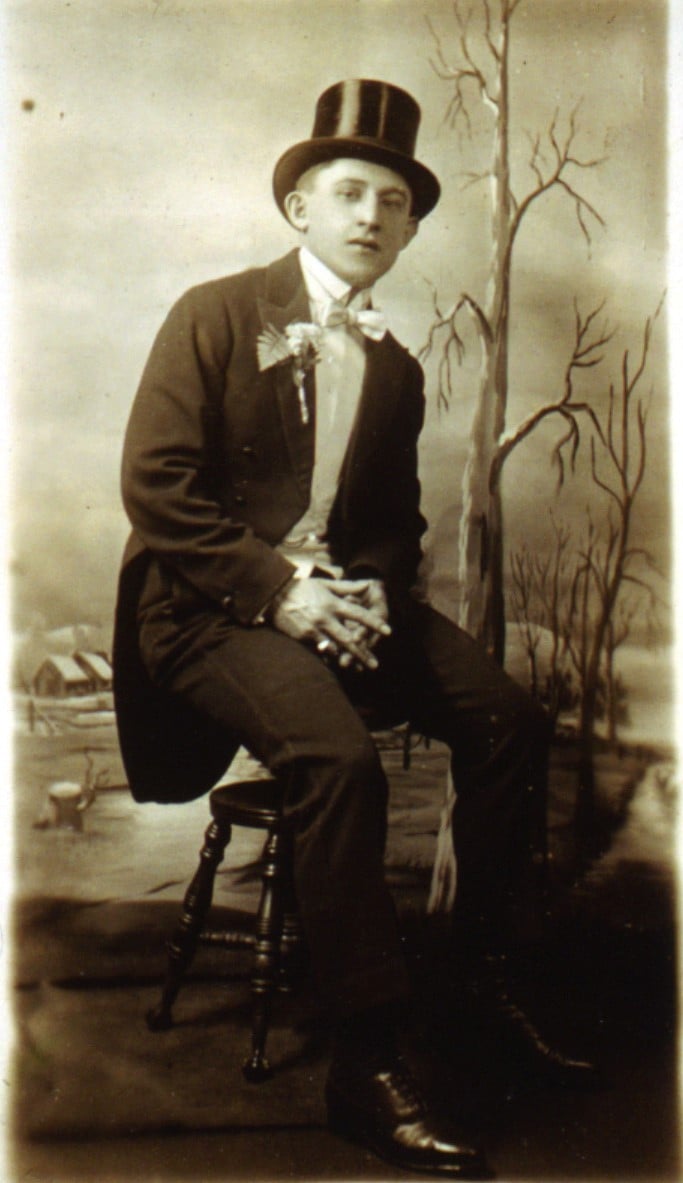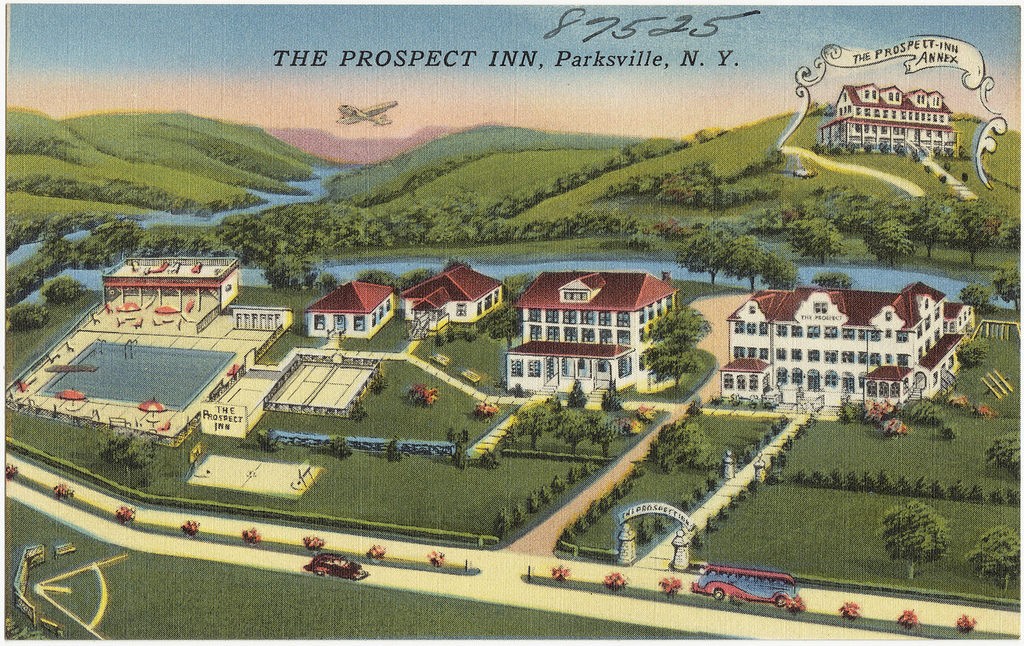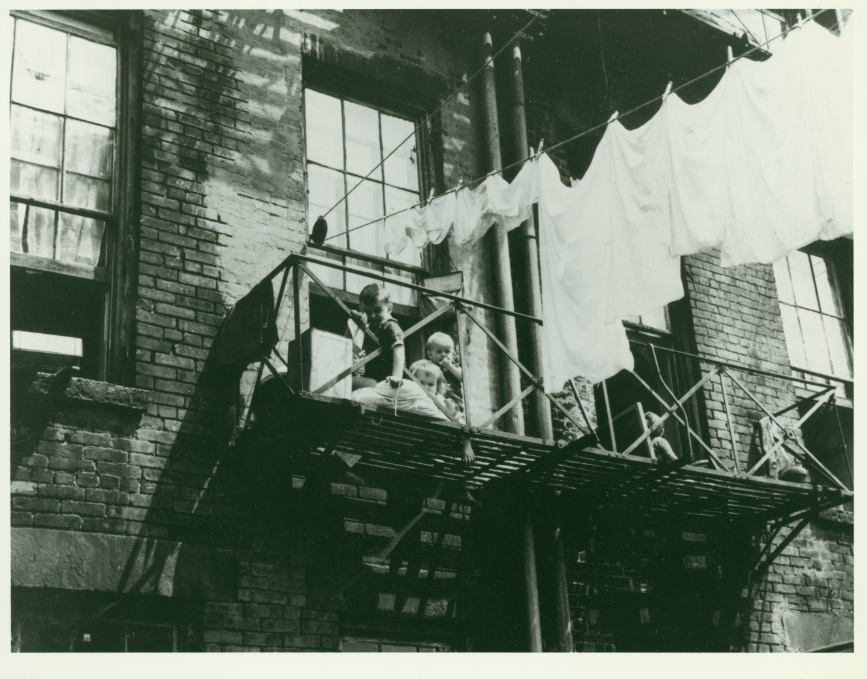The people of New York City have one thing in mind during summer: ESCAPE.
In an environment consisting mainly of glass, metal, brick and concrete, the blistering heat and humidity of July and August is exponentially amplified. Naturally, residents of this fine city become preoccupied with leaving town. People of greater means can venture farther out of the city and enjoy longer stays away. This luxury, however, is not equally afforded to all New Yorkers. Indeed, most of New York’s population remains in town over the summer.
For those lucky enough to escape the city in the hot months, weekend resorts in the Catskills, accessible by the New York, Ontario and Western Railway trains from Weehawken, New Jersey, became wildly popular.
It was in one such resort that Evelyn Wallach’s life changed forever.
